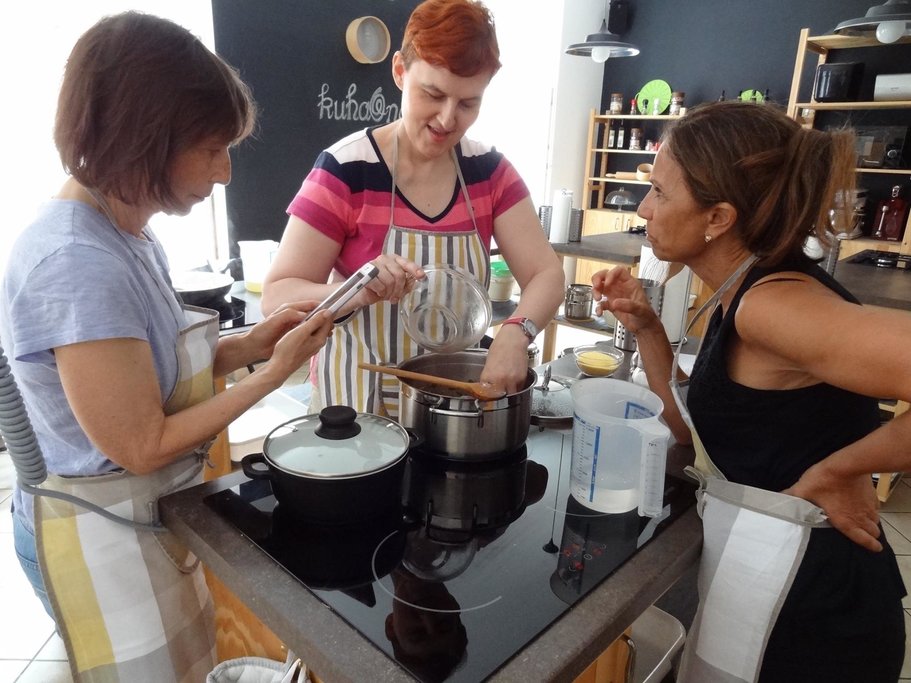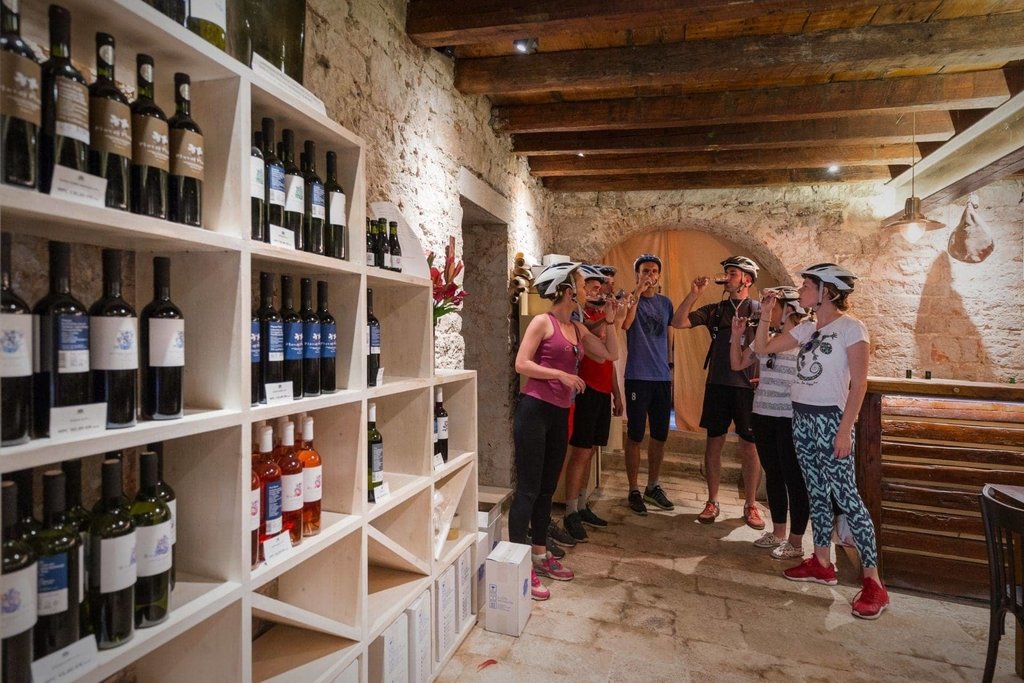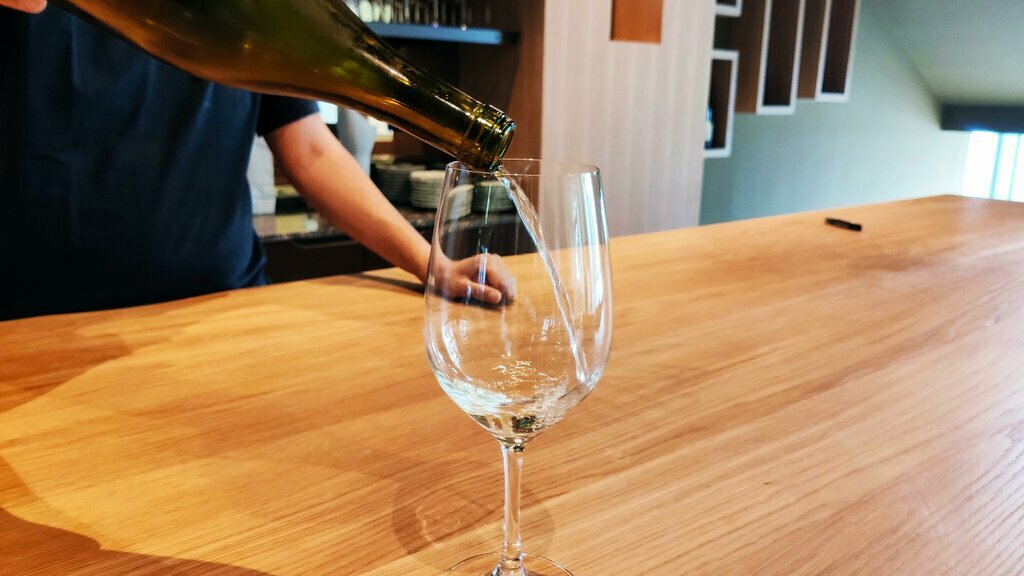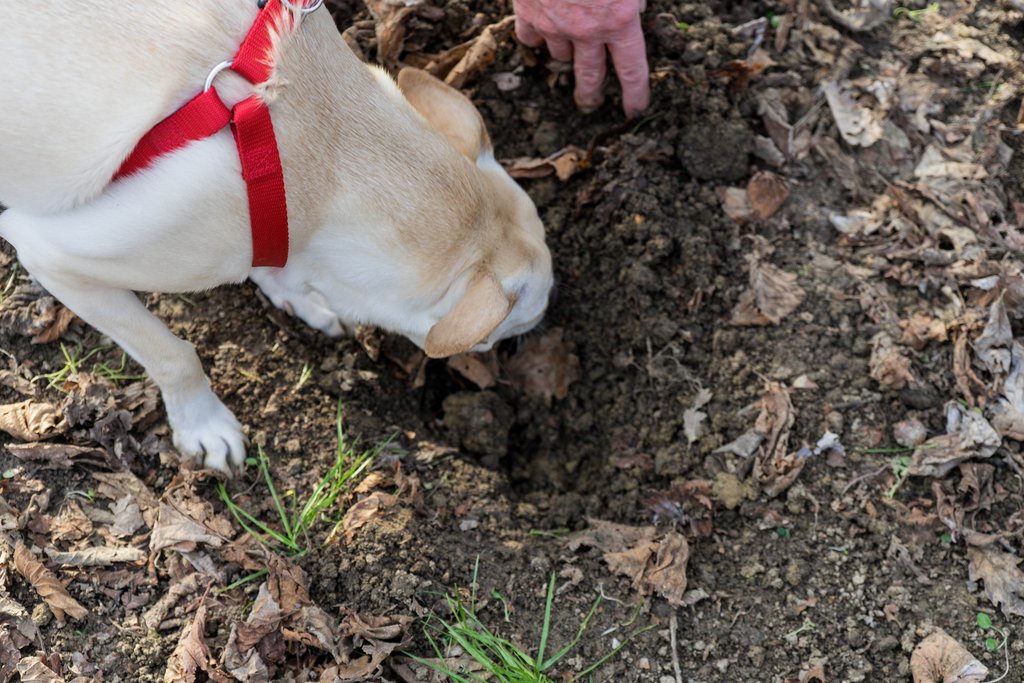Getting Oriented

Croatia may be known for its coastal beauty, ancient ruins, and fascinating history, but many forget that the country is also a culinary haven. Only one small portion of Croatia isn't considered a wine region, with the country offering many heritage varietals unique to the wind-swept, rocky soils. When deciding what to eat in Croatia, you can experience several treats, such as decadent truffles, olive oil that rivals that from neighboring Italy, and fresh oysters that grace nearly every table along the country's southern coast.
Croatia has a rich cultural history, one that greatly influences its culinary scene. With so much coastline, seafood naturally dominates, but you can also find an abundance of markets and contemporary cuisine in the country's capital, Zagreb, plus hearty food influenced by its Austrian and Hungarian days. Sip rakija with the locals, explore farms and biodynamic wines, and discover dishes you can only find in beautiful Croatia.
Cities & Food
Although city exploration usually involves architecture and monuments, food takes center stage in Croatia. Explore some of the country's unique culinary culture while visiting cities like Split and Zagreb.
Authentic Croatian Cooking Class in Split

Join a local chef as you peruse Split's markets, searching for the best ingredients for an authentic Croatian meal. Your host will tour you around the produce and fish markets as you brush shoulders with the locals doing their own shopping. Then settle in the kitchen and roll up your sleeves! While sipping a glass of regional wine, learn the secrets behind traditional cooking in Croatia, including using a peka iron dome. Once finished, you'll sit down to enjoy your creations with good company. Read More
Food Tour in Zagreb

Explore Zagreb with your tastebuds and join the locals at the city's famed food hub, Dolac Market. Known locally as "Plac," this colorful market draws farmers and culinary artisans throughout the countryside, presenting the highest quality produce and unique specialties. Chat with producers and learn about the market's significance while trying a few different samples. Then, sit down with the locals for an authentic dish like štrukli or a drink of rakija. Read More
Chat with a local specialist who can help organize your trip.
Wine Tasting
With four distinct wine regions covering nearly the entire country, wine is an important cultural component in Croatia. Some of the most interesting heritage varietals come from Dalmatia, where the rugged coast mixes rocky volcanic soils and intense sunlight to create unique and robust flavors.
Cycling & Wine Tasting in Lumbarda

Explore Korčula on a bike, stopping to view scenic vistas, relax on peddled beaches, and taste some of Croatia's best wine. Korčula is known for two heritage grapes that grow well on the island's rocky soil: Grk white wine and Plavac Mali red. Because of the harsher island conditions, the wine has distinct tastes beloved by locals and visiting wine enthusiasts. After tasting a few varietals, sit down for a meal and end your day relaxing on the beach. Read More
Wine Tasting & Lunch near Klis Fortress

After exploring the 2,000-year-old Klis Fortress near Split, enjoy time in the surrounding vineyards. The fortress has served many purposes throughout history, mostly as a stronghold to protect the region's rulers, including the Illyrian tribe, the Romans, and several Croatian kings. Because of its importance, many hilly vineyards encompass the fortress, and you'll enjoy a traditional Croatian lunch and wine tasting at one of them. Read More
Konavle Wine Tasting

One of the country's most beloved wine regions is Konavle, which stretches south from Dubrovnik to the Montenegrin border, sandwiched between the mountains and the sea. You'll visit three family-run wineries, including Crvik, Ljubić, and Karaman to taste award-winning varietals. Enjoy various reds, whites, and rosés, plus dessert wines, herbed liqueurs, and traditional food. Read More
Croatian Treats
Luckily, Croatia offers some seriously delicious indulgences. Besides delicious wine, you'll also find that the locals can't get enough of their country's truffles, olive oil, and oysters!
Truffle Hunting (and Eating) in Istria

Explore the forests of Istria with the help of a professional truffle hunter and his dogs! Travelers love this unique adventure, as you can only find truffles with the help of trained dogs or pigs. Enjoy walking through lush Mediterranean forests while learning about this delicacy beloved by foodies around the world. After finding truffles, learn how to prepare a delicious truffle-infused meal and enjoy it for lunch. Read More
Olive Oil Tasting in Istria

Istria has won the title for the best olive oil growing region more than once, rivaling its Italian neighbors. Discover what makes the Croatian version unique and delicious with an olive oil tasting. You'll first stop in the village of Vodnjan to visit the country's premier olive oil manufacturer and learn all about the growing, harvesting, and processing steps. If time allows, make your way to other areas of Istria to stop and sample the local olive oil. Read More
Oyster Tasting on Pelješac Peninsula

Visit the scenic Pelješac Peninsula, nestled between Split and Dubrovnik. It makes an excellent day trip from either city or the perfect stopping point when traveling between the two. Enjoy exploring the historic town Ston, which features 14th- and 15th-century walls built by the Republic of Ragusa (Dubrovnik) to protect the area's salt pans. Then hop aboard a boat to tour Ston Bay, visit an oyster farm, and taste fresh oysters paired with a glass of local wine. Read More
How to Craft the Perfect Culinary Itinerary in Croatia

From north to south, Croatia's culinary heritage is apparent. Croatians love to eat and can spend hours hunched over a cup of coffee chatting with their friends. You can easily add foodie experiences into any itinerary you choose. Opt for food tours or cooking classes in the cities, enjoy day trips into the countryside to discover wines and truffles, or pair experiences like cycling or exploring ancient ruins with food and wine!
How much time to spend in Croatia depends on which of the country's regions you want to experience. Because Croatia is long and narrow, many visitors start at one end (flying into either Zagreb or Dubrovnik) and work their way up or down the coast. Sticking to a couple of regions only requires about 5 or 6 days, but if you'd like to combine Zagreb and Istria with the islands and Southern Dalmatia, give yourself at least one week. However, you can easily spend two weeks in Croatia and still want more time in this beautiful country!
Past kimkim travelers enjoyed the following trips that include culinary experiences in Croatia:
